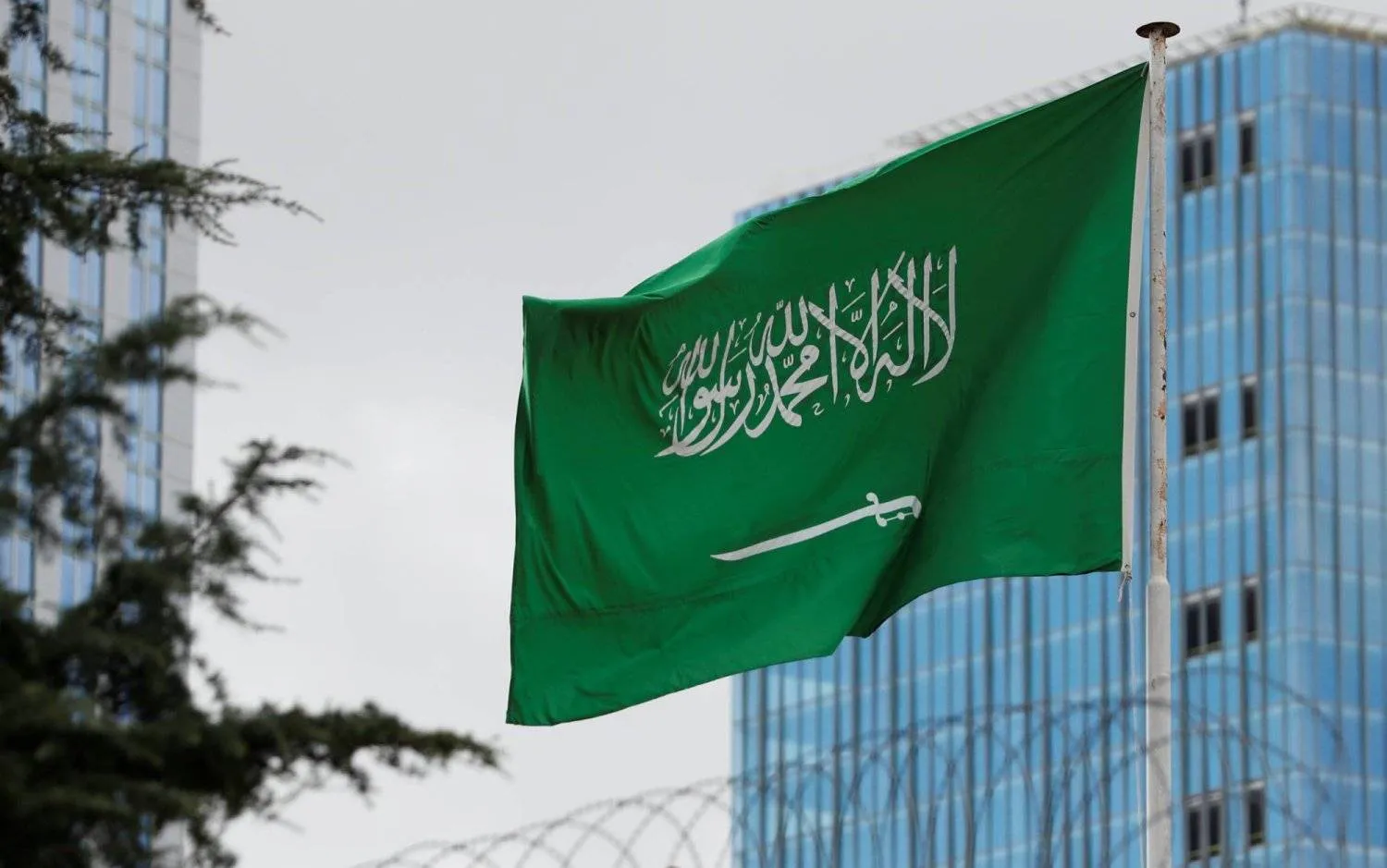New bank lending in China tumbled more than expected to a three-month low in October, as a ramp-up of policy stimulus to buttress a wavering economy failed to boost credit demand.
Chinese banks extended 500 billion yuan ($69.51 billion) in new yuan loans in October, down sharply from September and falling short of analysts' expectations, according to data released by the People's Bank of China (PBOC).
Economists polled by Reuters had predicted a fall in new yuan loans to 700 billion yuan last month from 1.59 trillion yuan the previous month and against 738.4 billion yuan a year earlier.
"Corporate financing demand remains weak due to poor profitability," said Luo Yunfeng, an economist at Huaxin Securities. "Credit demand may not pick up soon despite recent central bank policy measures."
The PBOC does not provide monthly breakdowns but Reuters calculated the October figures based on the bank's Jan-October data released on Monday, compared with the Jan-September figure.
The PBOC said new yuan loans totaled 16.52 trillion yuan for the first ten months of the year.
Household loans, including mortgages, dropped to 160 billion yuan in October from 500 billion yuan in September, while corporate loans dipped to 130 billion yuan from 1.49 trillion yuan, according to Reuters calculations based on central bank data.
Chinese policymakers have been working to arrest further weakness in an economy stuttering in recent months from a prolonged property market downturn and swelling local government debt.
Among their goals is to tackle the side-effects from a mountain of debt left from previous stimulus dating back to the 2008-2009 global financial crisis.
China's central bank governor Pan Gongsheng said China will step up counter-cyclical adjustment and affirm a supportive monetary policy stance, a central bank statement showed on Monday, citing a report Pan delivered to the top legislative body last week.
In late September, the central bank unveiled an aggressive stimulus package including rate cuts, and Chinese leaders pledged "necessary fiscal spending" to bring the economy back on track to meet a growth target of about 5%.
MORE STEPS ON THE CARDS
China unveiled a 10 trillion yuan debt package on Friday to ease local government financing strains and stabilize flagging economic growth, as it faces fresh pressure from the re-election of Donald Trump as US president.
New measures planned will include sovereign bonds issuance to replenish the coffers of big state banks, and policies to support purchase of idle land and unsold flats from developers, Finance Minister Lan Foan said.
Analysts at OCBC Bank expect the central bank to deliver another cut in banks' reserve requirement ratio in November or December to support the planned bond issuance.
China watchers are skeptical the steps will produce a near-term boost in economic activity as most of the fresh funds will be used to reduce local government debt, but China's central bank said it will continue supportive monetary policy to create a favorable monetary and financial environment for economic growth.
The PBOC also said it will study and revise money supply statistics to better reflect the real situation of the country's money supply.
Trump's election win could also prompt a stronger fiscal package in expectations of more economic headwinds for China. Trump threatened tariffs in excess of 60% on US imports of Chinese goods, rattling China's industrial complex.
Broad M2 money supply grew 7.5% from a year earlier, central bank data showed, above analysts' forecast of 6.9% in the Reuters poll. M2 grew 6.8% in September from a year ago.
Outstanding yuan loans grew 8.0% in October from a year earlier. Analysts had expected 8.1% growth, the same pace as in September.
The outstanding total social financing (TSF), a broad measure of credit and liquidity in the economy, slowed to a record low of 7.8% in October, from 8.0% in September. Acceleration in government bond issuance could help boost growth in TSF.
TSF includes off-balance sheet forms of financing that exist outside the conventional bank lending system, such as initial public offerings, loans from trust companies, and bond sales.
In October, TSF fell to 1.4 trillion yuan from 3.76 trillion yuan in September. Analysts polled by Reuters had expected TSF of 1.55 trillion yuan.









